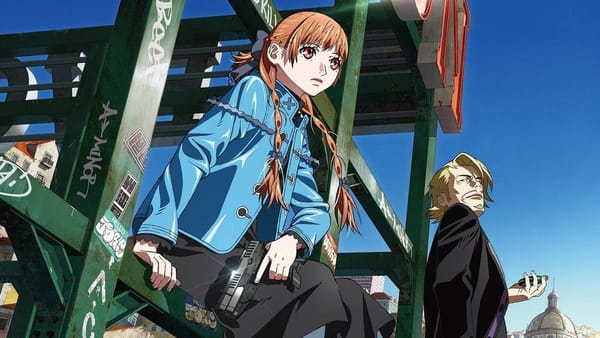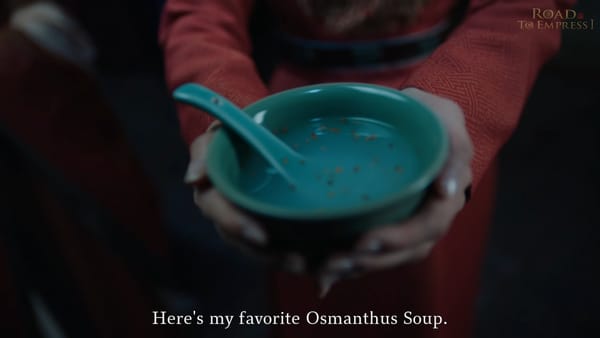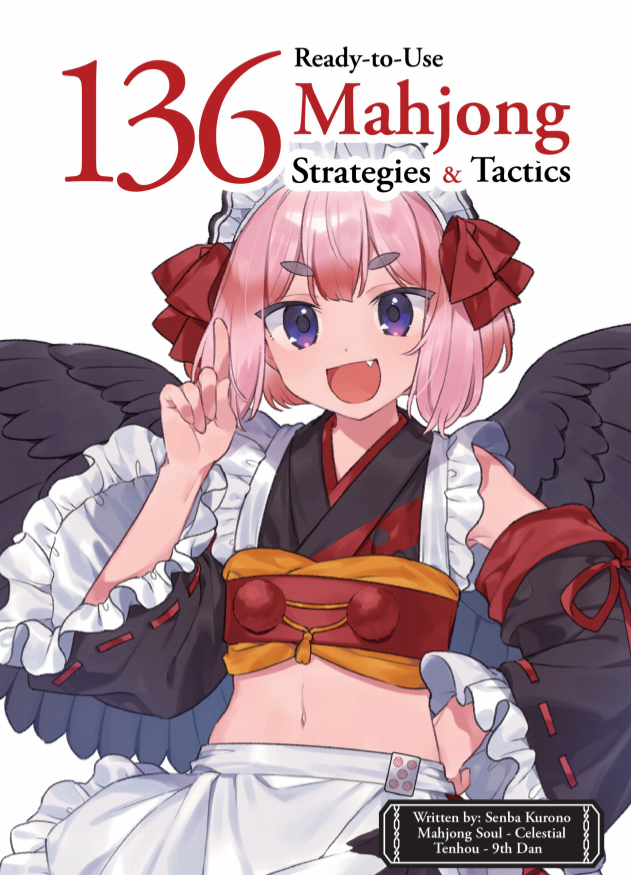Silent Hill: The Short Message re-imagines the horror series as a teen public service announcement
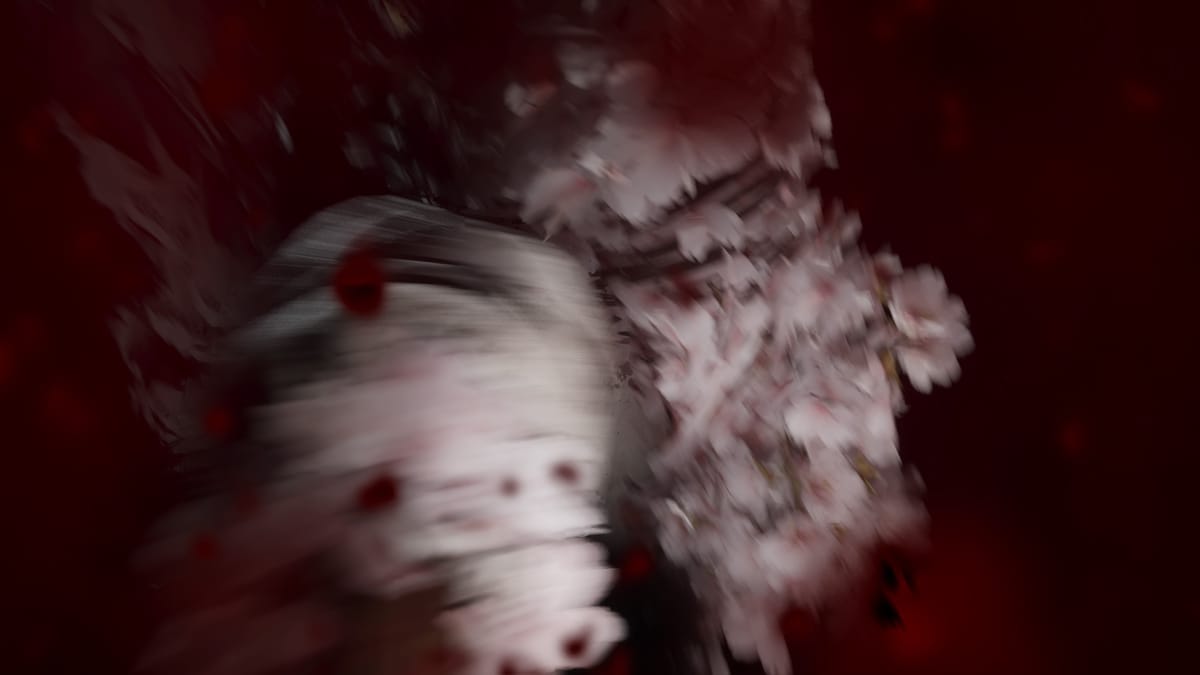
Heads up: the game I’m about to talk about prominently features themes of suicide, bullying, abuse, and self-harm. While I’m at it, despite the banner I have chosen, there is little in the way of gore or disturbing horror imagery: the nastiest things you see in this game are probably the Instagram comments.
So I figured free video game, what the hell, and downloaded the new Silent Hill thing, The Short Message, on a whim. I am generally not a horror guy, and my SH experience is only with the original game at the time of its release. I'm aware of SH2 largely through discussion and writing about it, never quite got to buying it back in the day (like, probably the only un-bought title on my 2000s shopping list), and am many years spoiled on it.
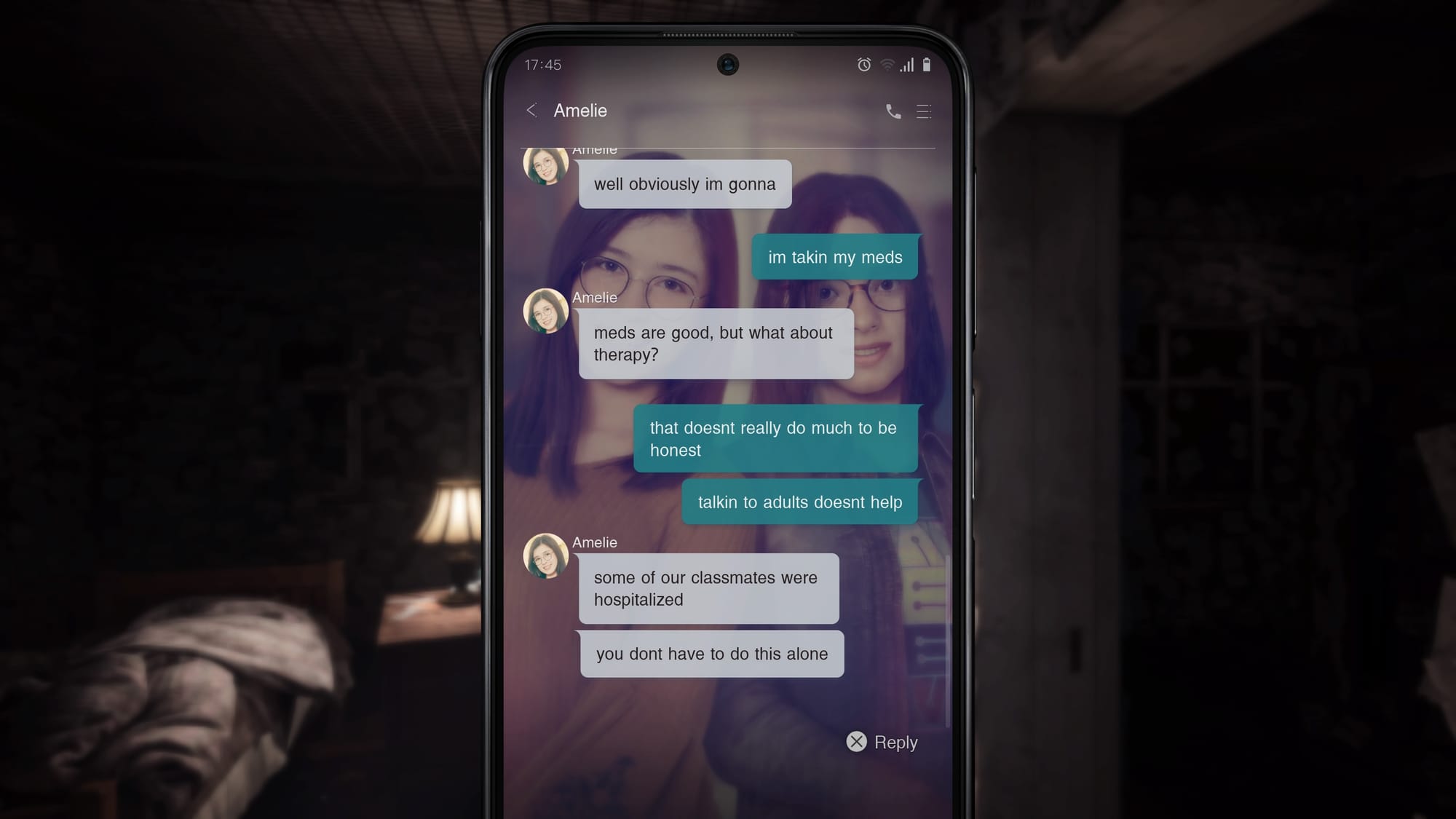
I bring up SH2 because thematically, The Short Message is Zoomer SH2. Even I was able to tell this from the first scene: this script is not interested in subtlety. An abused, unbearable teen wanders through her own memories, guilty conscience, and annihilated self-esteem via an abandoned building and popular suicide spot in a dead-end town in Germany (aptly named “Kettenstadt” or “Chain City”).
It is tough to talk about how unbearable this character is, because it's the kind of story that is specifically about her overcoming the major life traumas that have quite understandably made her unbearable. But you're still stuck with her for two hours, her non-stop whining, self-pity and melodrama. You can't touch a piece of paper in this game without Anita blurting out "And that's why I could NEVER be worth ANYTHING!"
Speaking of, the English script and voice work feel a note off throughout, like the way the main character’s mother has a cartoon villain voice, or the lines here and there where someone clearly needed a second take. You often hear about localization making a game feel like the translated language is its native tongue without leaving the remnants of direct translation: here it's a little more stilted. Like, I don’t know how high school bullying goes in dead-end German towns, but in this game, it reminded me of the kind I see in anime.
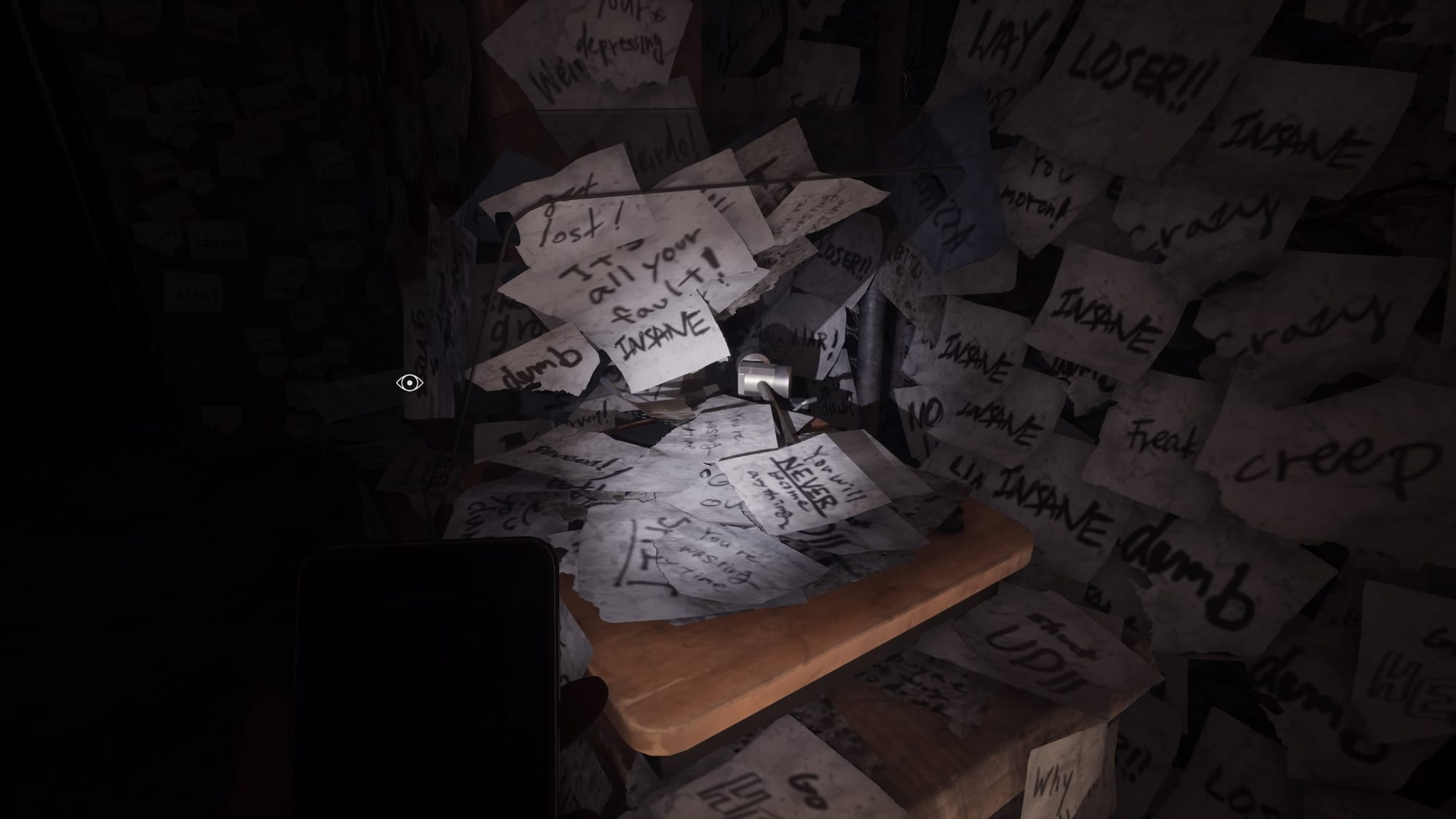
In any case, touching pieces of paper is pretty much what you do in this game. This is the Gone Home genre of exploring a space and working out what’s happening by finding expository material. The story is aggressively modern-day, working in economic depression circa Covid and social media-induced despair, as well as actively filling out a checklist of every single Very Special Episode teen topic (short of drugs; this is a Japanese game, after all.)
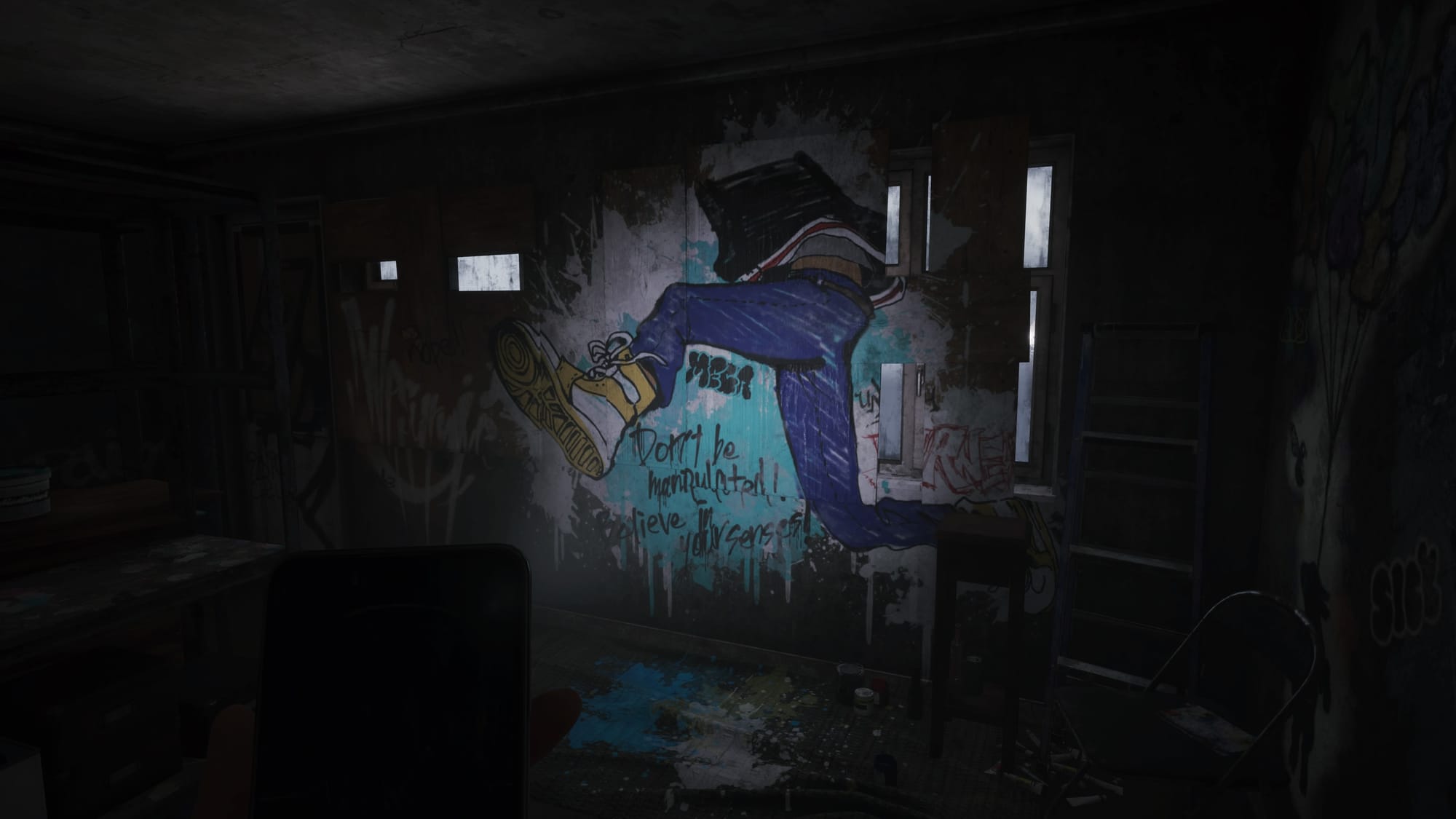
The Short Message remains psychological horror following the rules and mythos of previous SH stories, but it's dropped nuance and feels didactic. Everything this game tries to tell you, it says directly to the camera. We walk through hallways covered in social media insults, get physically crowded by anonymous commenters, find ourselves shrinking as we relive childhood trauma, and take a walk of shame down a high school hallway amidst a gauntlet of bullies. Some of these scenes are really effective; others can feel like they’re just piling on additional themes. Even an After-School Special would only take on one of these things at a time.
To be fair, this game is aimed not at old nerds like me who are capable of making jokes about the After-School Special, but at the teen who can directly relate to this protagonist because they live in her cruel online world. That’s probably why it feels the need to put a suicide hotline on the screen after each of her many suicide attempts: it imagines and fears that a player might just turn the game off, put down the controller, and give it a try.

I can’t leave that part out. This game uses one of the weirdest narrative punctuation marks I've ever seen in a game: At the start and the end, as well as every time the topic comes up on screen in the narrative, the game flashes a card with standard disclaimers about suicide as well as a hotline number to call. It feels like the publisher was particularly worried about addressing these topics in a free game that anyone can download, especially one in which suicide is such a prominent theme. Even so, the timing is odd and it creates a weird recurring “moment”: the card comes up five times in a two-hour game!
But you aren’t the only one trying to kill you in this game: the immediate, pulse-pounding horror comes in the form of chase scenes between the protagonist and a cool-looking monster I won't ruin. However, the developers (frequent Konami collaborators HexaDrive) don't want the kind of scripted scene that doesn't inspire any true fear. Instead, they give you something tense, risky, and legitimately unforgiving. The first chase is simple, but the last two chases are maze memorization segments where you're expected to be killed over and over again while plotting out the precise course that will get you through the chase alive. You’ll die and have to start over if you make a single mistake, and the game expects you to do a perfect run for three or even five minutes in the grueling finale.
There is a very real tension and terror to these scenes— you’re running for your life, if you hesitate for a second you’ll be gutted, and you really don’t want to repeat these sequences— but that fear eventually gives way to frustration as you get lost in the maze and killed over and over again. Visibility is bad, the corridors all look just similar enough to get you lost, and you must keep moving. I got badly stuck on the final chase, where you need to plot and memorize path through the maze and find five items without getting caught… and I watched a speed-runner video and directly imitated it to beat the game.
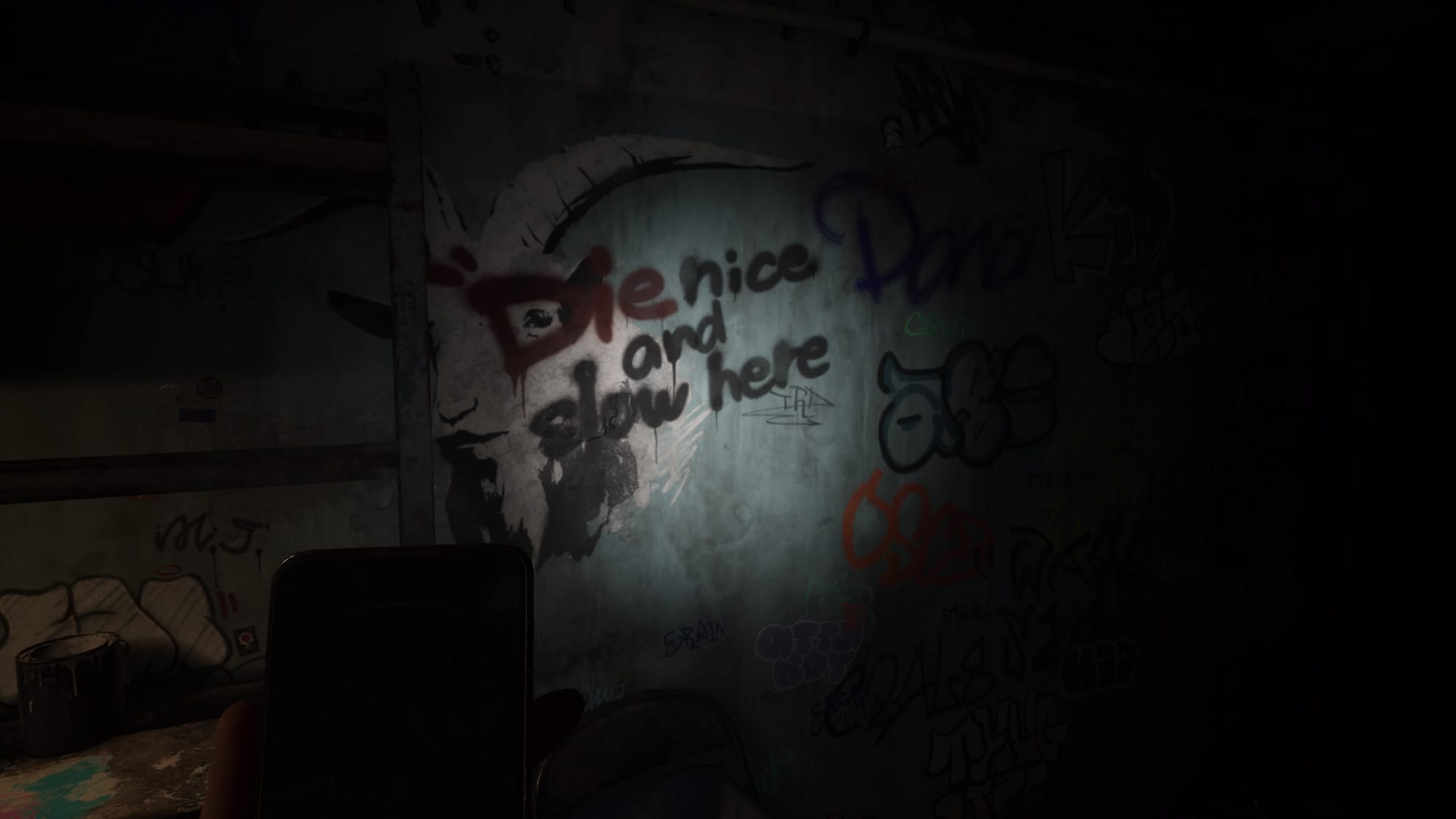
The difficulty of the final segment does not match the kind of game that the rest of The Short Message is: it is as though Gone Home stopped right at the end of the story and asked you to do a blind-folded Pac-Man run. There are clever assists in the game UI; the protagonist’s ever-present cell phone gives you vague, creepy hints as to how close your goal and the monster are. But the degree of perfection required to see the ending seems a bit much for a game which has up until this point asked players only to watch cutscenes and read brochures.
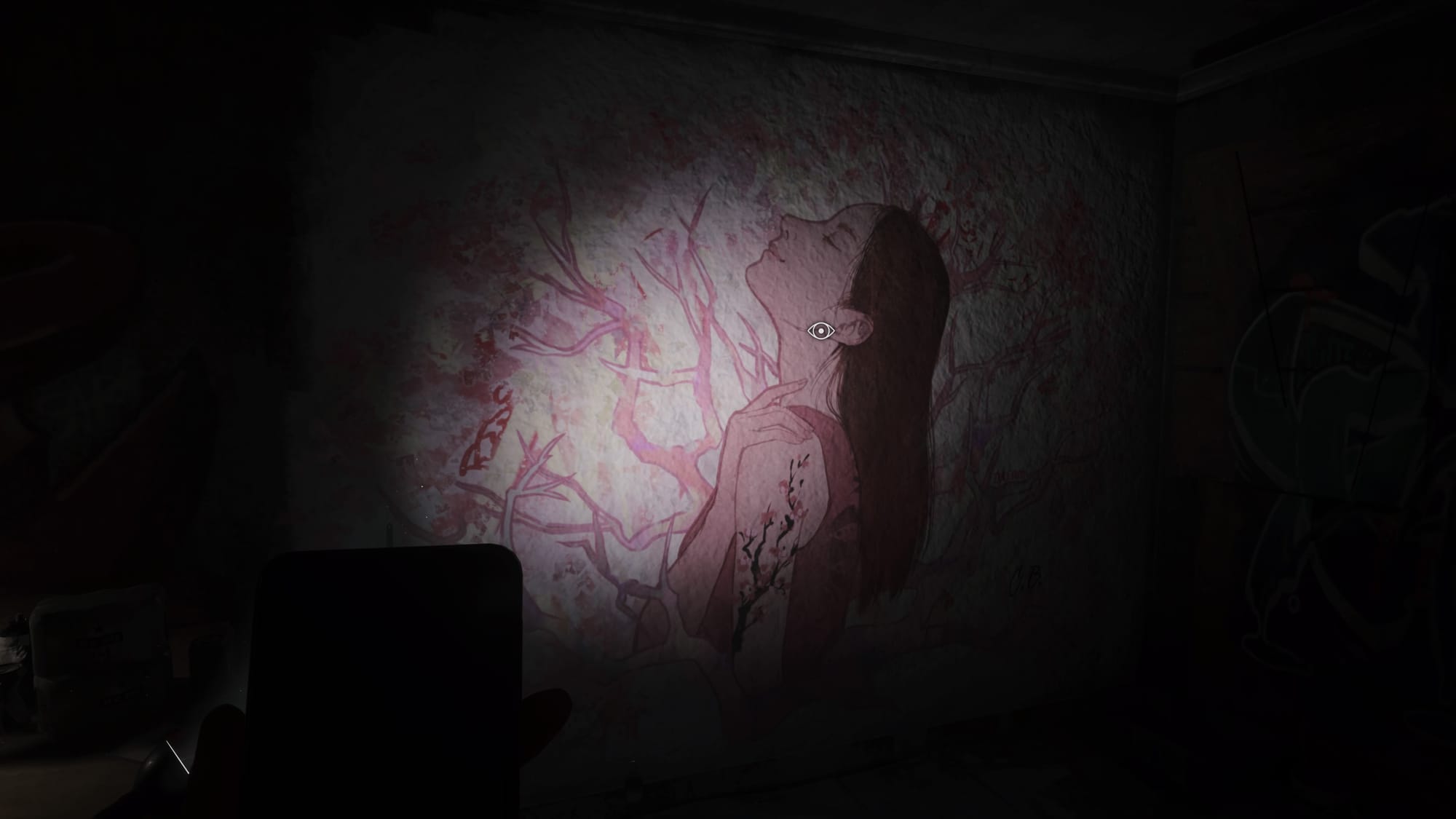
I suppose the resolution was worth my trouble. The character in The Short Message has to learn to love herself by accepting the love of her friends, a fact she's been running from the whole story in favor of her dramatic self-pity. Live-action flashbacks with Anita's dead friend, a charismatic artist, slam this point home throughout. Nothing in this story is unexpected or twisty, and every little clue and detail is a thematic sledgehammer to the head– I rolled my eyes at the discarded pregnancy test– but I was still able to enjoy The Short Message on its own terms.
As many commenters have pointed out, this game seems to serve a particular function: let Silent Hill fans know that Konami has the right people (like Akira Yamaoka on sound) and is capable of the kind of psychological horror game that they want to see. As I’m not deeply into Silent Hill, I can’t really speak on that. As a tourist, I’d say Konami proves it has something here; it’s just not anything new. Of course, given the way video games are right now, that probably doesn't matter.
This newsletter is a one-man labor of love that relies on your paid subscriptions to exist. Consider upgrading to a paid sub to keep me fed and writing.

